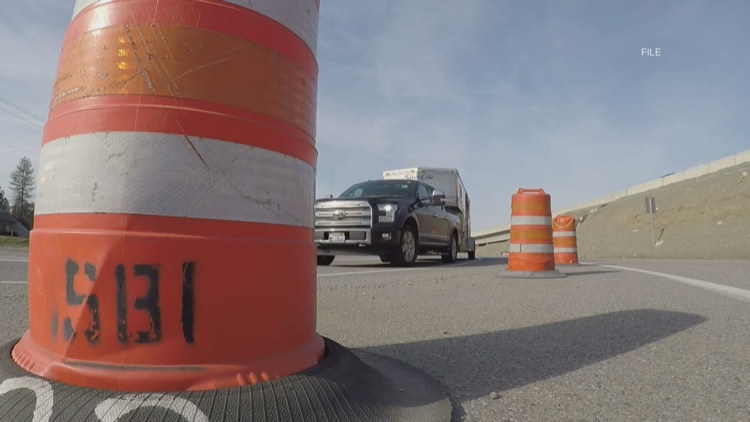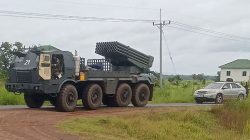Road Work Ahead on U.S. Highway 95
Motorists traveling along U.S. Highway 95 should be prepared for potential delays this Sunday as the Idaho Transportation Department (ITD) initiates a day-long striping project in the Coeur d’Alene area. The work is scheduled to start at 6:30 a.m. and will continue until approximately 4 p.m., focusing on the stretch between Lancaster Road and the Spokane River Bridge.
This particular section of the highway includes several intersections and traffic signals, which increases the importance of driver caution during the operation. To ensure safety, the Idaho State Police will be present to assist with traffic management and protect both workers and travelers.
Safety Tips for Drivers
ITD officials are reminding drivers to follow all posted signs, keep a safe distance from the striping crews, and avoid driving over newly painted lines. Crossing wet paint can not only damage the road markings but may also harm a vehicle’s finish. Motorists are encouraged to be patient and attentive while navigating the area.
Upcoming Striping Projects
Additional striping work is planned throughout the summer, depending on weather conditions. From July 21 to 28, crews will focus on highways in Boundary County, including U.S.-95, State Highway 1, and U.S.-2. State Highway 53 will be striped from July 29 to 31 between the Washington state line and U.S.-95. SH-41 will be addressed from Mullan Avenue to Rathdrum from August 4 to 6, followed by U.S.-95 from the Spokane River Bridge to Sanders Road from August 6 to 18. Other routes, such as SH-58 and SH-60, may also be included if time allows.
Why Daytime Work Is Necessary
Some drivers have raised questions about why the work isn’t done at night to reduce traffic congestion. However, ITD explains that daytime conditions are essential for successful striping. Proper visibility and warmer temperatures are necessary for the paint to adhere correctly to the road surface. Most highways in North Idaho lack the extensive street lighting found in larger cities, making nighttime operations less effective. Additionally, cooler nighttime temperatures can slow the drying process, which could compromise safety.
What Motorists Should Know
ITD reminds drivers not to pass striping vehicles and to pay attention to “wet paint” signs and pace cars, which help manage traffic flow and protect road workers. The department paints hundreds of miles of highway lines each year to improve visibility and driver safety, especially during nighttime hours.
Planning for Delays
Motorists are advised to plan ahead for potential delays and stay informed about any updates related to the road work. Information can be found at 511.idaho.gov, where real-time updates and traffic alerts are available. By staying informed and exercising caution, drivers can help ensure a safer and smoother travel experience during these construction periods.







